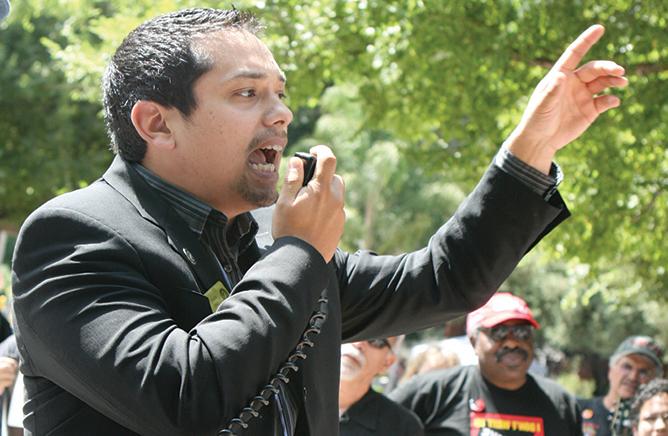Guest column: Higher education, not a public good?
September 29, 2010
I had the distinct pleasure of serving the students at Sacramento State for three years. I started as the Secretary of State Affairs and then was elected as Associated Students Inc., President. I was also honored to serve as the Vice President of Legislative Affairs for the California State Student Association (CSSA), all while attaining degrees in Communication Studies and Government.
In all my years of student service, the battle for a quality, affordable, and accessible public higher education system was based off the fact that investing in higher education is investing in California. So, imagine my shock when I saw that experts say higher education is no longer a public good, and even more shocking to see that Terry Martin, current ASI President at Sac State, says he agrees, in a recent State Hornet article.
The example of a public good given is a park, and how it “is considered a public good because it will always be available for the public to use, regardless of how many people were already there.”
The article goes on to say, “he (Martin) said what stops higher education from being a public good in California is the reduced state support caused by the damaged economy.”
The only flaw here is that parks cannot handle everyone using them and they have also been cut several times because of the bad economy; yet they are still considered a public good while higher education is not, why is that?
I understand that Martin was talking “in the most technical economic sense,” but I guess that a return of more than $4 for every dollar invested in just the California State University is not something to consider as good for the state.
Anyone who would say that the University of California, CSU, or community colleges are not a public good, is missing a critical element of a public education.
These institutions teach California’s teachers, nurses, doctors, safety officers and engineers. They give hope to those who come from a low socioeconomic class. It is because of this that Assemblywoman Dorothy M. Donahoe, writer of the California Master Plan for Higher Education in 1960, Assemblyman Ira Ruskin, and Former Senator John Vasconcellos made higher education a priority in California.
I may not have a Ph. D or years of experience crunching numbers, but I have seen the struggles of students.
I have seen the benefit, the good, that has come out of the public higher education systems. They are hope for students like me where college was not really an option.
I guess it is hard to understand the opportunities a public education system offer underprivileged students when going to college and living a comfortable life is second nature. For some of the more fortunate, things just come easily, for others, we need to work a little harder to succeed and public education offers us that opportunity.
I would beg to differ that any student from a low income background would not disagree with these experts. I would ask these experts to look at the institutions they claim not to be a public good and listen to the students within them.







































































































































